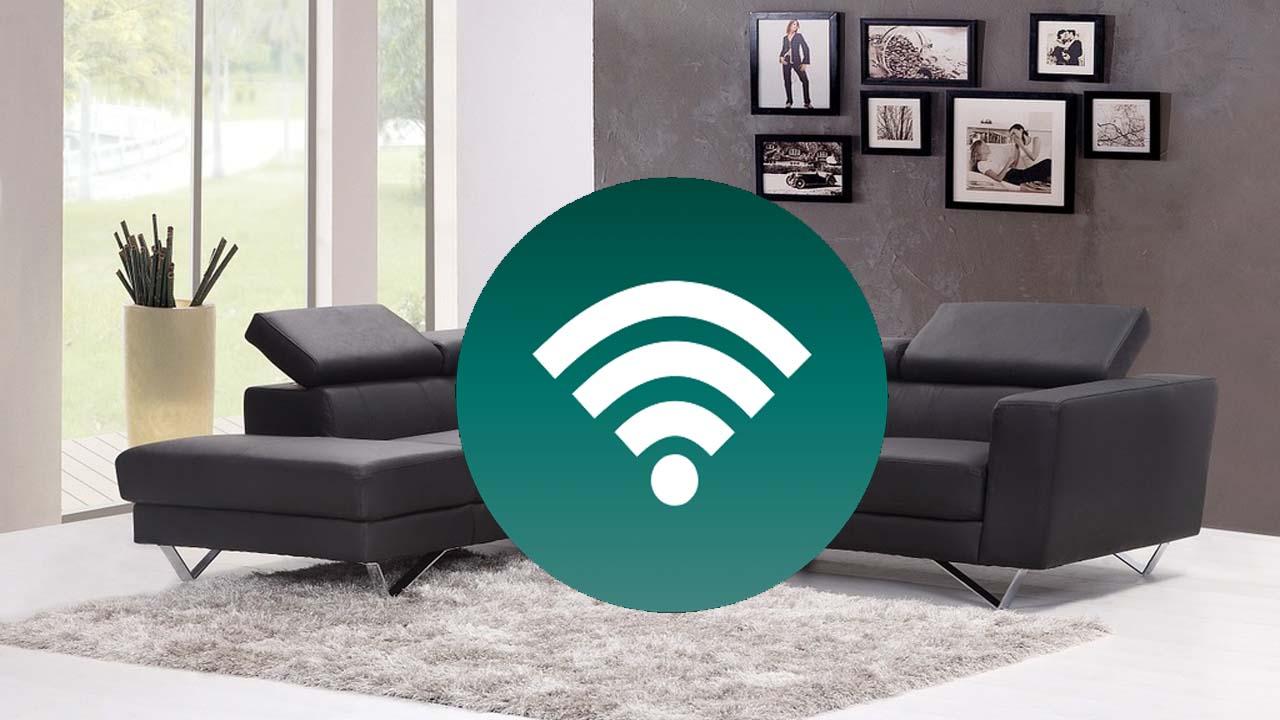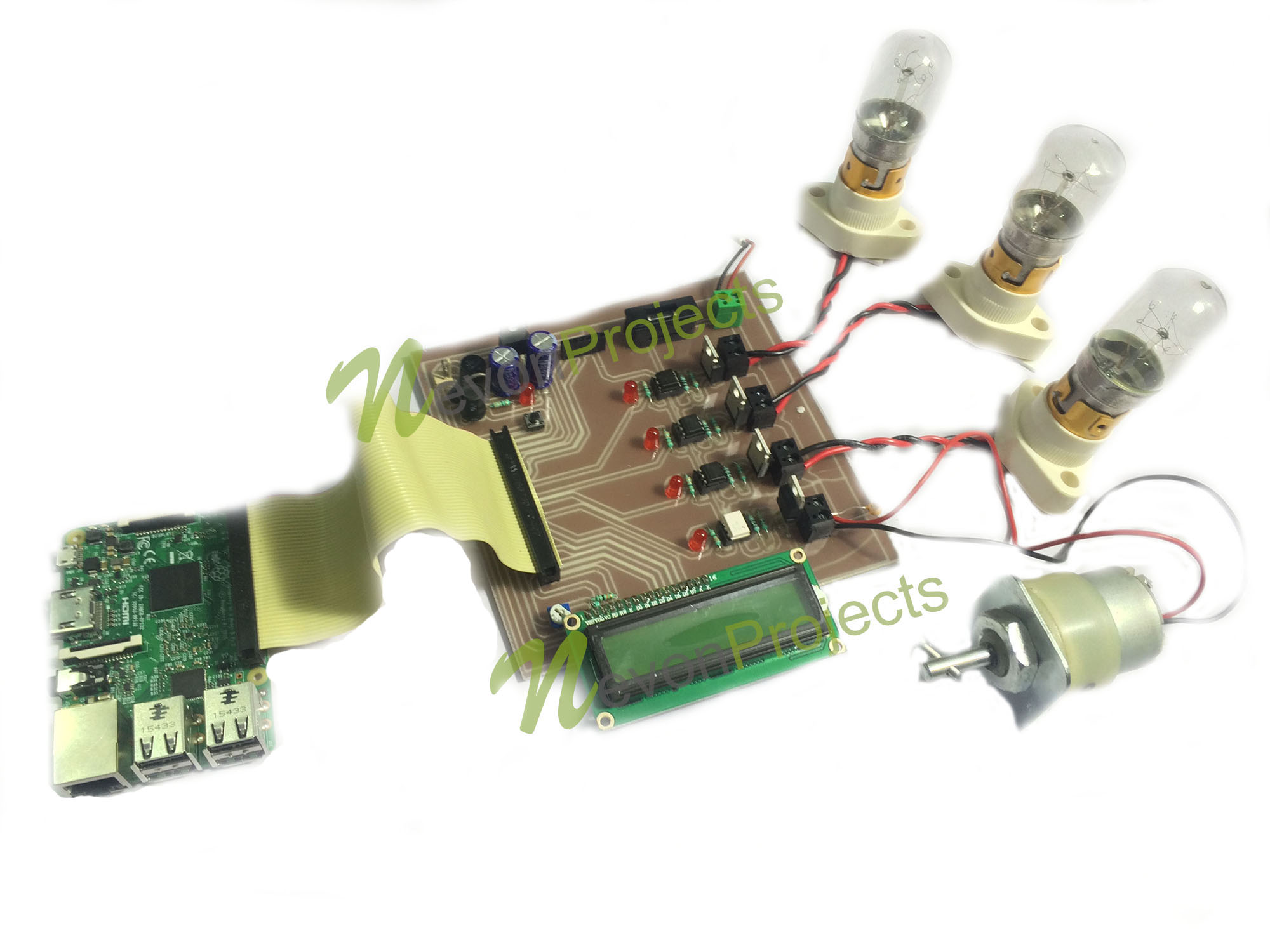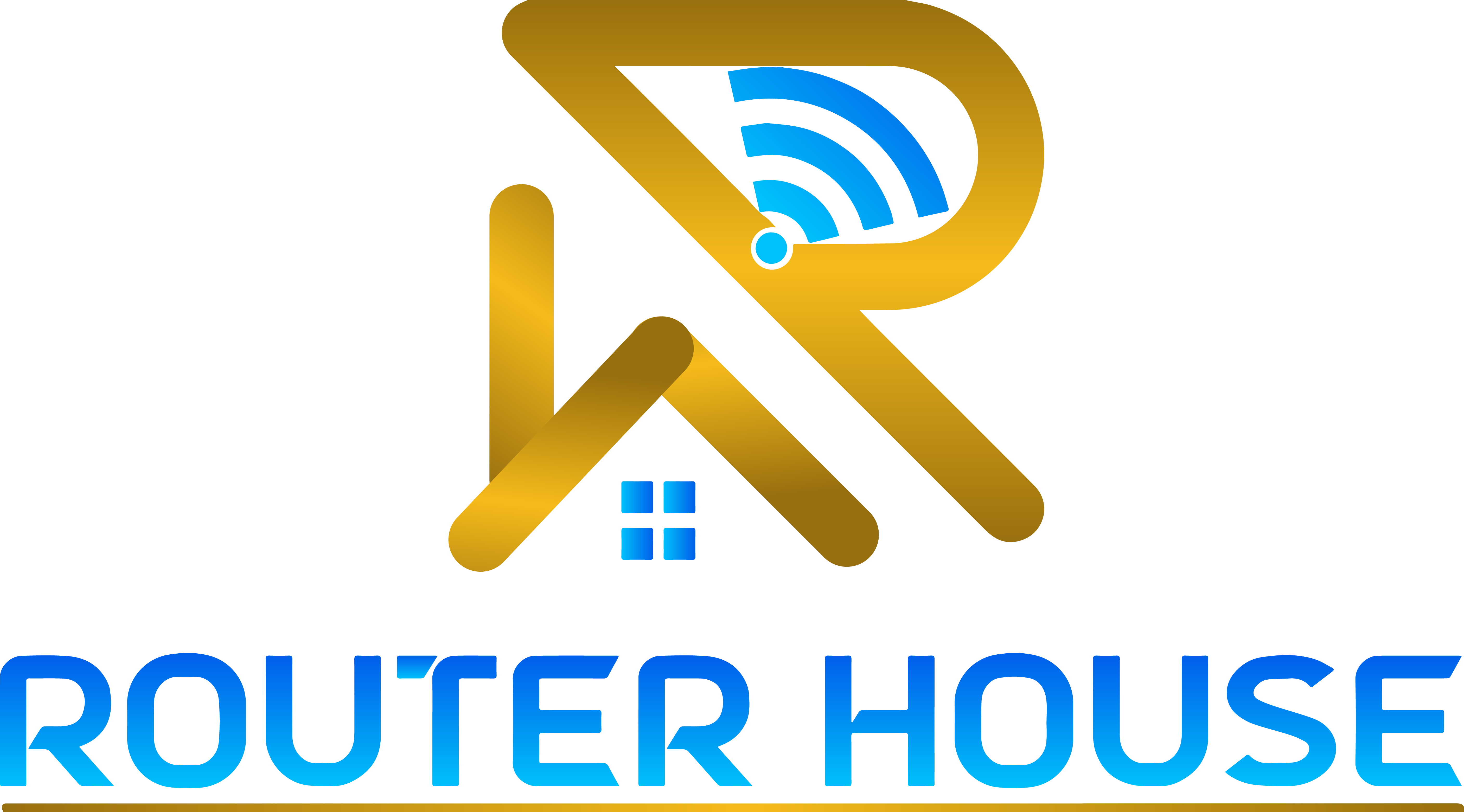In today's fast-paced digital world, the concept of remote IoT (Internet of Things) behind a router has become increasingly relevant. As more devices become interconnected, understanding how to securely and efficiently manage IoT devices remotely is crucial for both individuals and businesses. This article dives deep into the best practices and technologies that enable seamless remote IoT operations behind a router, ensuring maximum security and performance.
With the rise of smart homes, industrial automation, and remote monitoring systems, the demand for reliable remote IoT solutions has skyrocketed. This article will explore the tools, techniques, and strategies that make it possible to manage IoT devices remotely while maintaining robust security protocols.
By the end of this guide, you'll have a comprehensive understanding of how to set up, secure, and optimize remote IoT systems behind a router. Whether you're a tech enthusiast, a business owner, or a professional in the IoT field, this article is designed to provide actionable insights and practical advice.
Table of Contents
- Introduction to Remote IoT Behind Router
- Benefits of Remote IoT Behind Router
- Security Challenges in Remote IoT
- Tools and Technologies for Remote IoT
- Setting Up Remote IoT Behind Router
- Optimizing Performance of Remote IoT
- Best Practices for Managing Remote IoT
- Case Studies: Successful Remote IoT Implementations
- Future Trends in Remote IoT
- Conclusion
Introduction to Remote IoT Behind Router
Remote IoT behind a router refers to the ability to manage and control IoT devices from a remote location while ensuring they remain connected through a secure network. This setup is particularly useful for managing smart home devices, industrial sensors, and other connected systems.
In this section, we'll explore the basics of remote IoT and why it's becoming a necessity in modern technology landscapes. The integration of IoT devices with routers allows for centralized management, improved security, and enhanced functionality.
Key aspects of remote IoT include:
- Centralized device management
- Improved network security
- Enhanced device performance
Benefits of Remote IoT Behind Router
Increased Efficiency
One of the primary benefits of remote IoT behind a router is increased efficiency. By managing devices remotely, users can save time and resources while ensuring optimal performance. This is especially beneficial for businesses that rely on IoT devices for critical operations.
Cost Savings
Remote management reduces the need for on-site maintenance, leading to significant cost savings. Companies can allocate resources more effectively and focus on other areas of operation.
Enhanced Security
With the right tools and protocols in place, remote IoT setups can offer enhanced security. By leveraging encryption, firewalls, and secure authentication methods, users can protect their devices from unauthorized access.
Security Challenges in Remote IoT
While remote IoT offers numerous advantages, it also presents unique security challenges. Ensuring the security of IoT devices behind a router is crucial to prevent data breaches and cyberattacks.
Some of the key security challenges include:
- Data privacy concerns
- Vulnerabilities in network protocols
- Unauthorized access risks
To address these challenges, it's essential to implement robust security measures, such as two-factor authentication, regular software updates, and network segmentation.
Tools and Technologies for Remote IoT
IoT Platforms
IoT platforms play a critical role in enabling remote management of IoT devices. Popular platforms like AWS IoT, Microsoft Azure IoT, and Google Cloud IoT offer scalable solutions for managing large fleets of devices.
Networking Tools
Effective networking tools are essential for ensuring reliable connectivity. Routers equipped with advanced features like VLAN support, Quality of Service (QoS), and encryption can enhance the performance and security of remote IoT setups.
Software Solutions
Specialized software solutions, such as device management platforms and remote access tools, simplify the process of managing IoT devices from a distance. These tools often include features like real-time monitoring, automated updates, and customizable alerts.
Setting Up Remote IoT Behind Router
Step-by-Step Guide
Setting up remote IoT behind a router involves several key steps. Below is a detailed guide to help you get started:
- Choose the right router with IoT capabilities
- Configure the router's settings for optimal performance
- Install and configure IoT devices on the network
- Set up remote access protocols like SSH or VPN
- Test the connection and ensure secure communication
Troubleshooting Tips
Common issues in remote IoT setups include connectivity problems, security breaches, and device malfunctions. To troubleshoot these issues, consider the following tips:
- Check network settings and ensure proper configuration
- Update firmware and software regularly
- Monitor device performance and address any anomalies promptly
Optimizing Performance of Remote IoT
Optimizing the performance of remote IoT systems involves a combination of hardware, software, and network configurations. Below are some strategies to enhance performance:
- Use high-performance routers with advanced features
- Implement Quality of Service (QoS) to prioritize critical traffic
- Regularly monitor network performance and adjust settings as needed
By following these strategies, you can ensure that your remote IoT setup operates efficiently and reliably.
Best Practices for Managing Remote IoT
Regular Updates
Keeping IoT devices and associated software up to date is crucial for maintaining security and performance. Regular updates ensure that vulnerabilities are patched and new features are available.
Secure Authentication
Implementing strong authentication methods, such as two-factor authentication (2FA) and biometric verification, can significantly enhance the security of remote IoT systems.
Network Segmentation
Segmenting your network into separate zones for IoT devices can help isolate potential threats and prevent them from spreading to other parts of the network.
Case Studies: Successful Remote IoT Implementations
Smart Home Automation
A leading smart home company implemented a remote IoT system behind a router to manage thousands of connected devices. By leveraging advanced networking tools and secure protocols, they achieved seamless device management and improved customer satisfaction.
Industrial IoT
An industrial manufacturer deployed a remote IoT solution to monitor and control machinery in multiple locations. The system enabled real-time data collection and analysis, leading to increased efficiency and reduced downtime.
Future Trends in Remote IoT
The future of remote IoT behind a router looks promising, with several emerging trends set to revolutionize the industry. These trends include:
- Edge computing for improved data processing
- Artificial intelligence (AI) integration for enhanced automation
- 5G connectivity for faster and more reliable communication
As these technologies continue to evolve, the potential applications of remote IoT will expand, offering new opportunities for innovation and growth.
Conclusion
Remote IoT behind a router is a powerful solution for managing connected devices in today's digital landscape. By understanding the benefits, challenges, and best practices associated with remote IoT, users can unlock its full potential and achieve optimal performance.
We encourage you to take action by implementing the strategies outlined in this article and exploring the tools and technologies available for remote IoT management. Don't forget to share your thoughts and experiences in the comments section below, and feel free to explore other articles on our site for more insights into the world of IoT.


